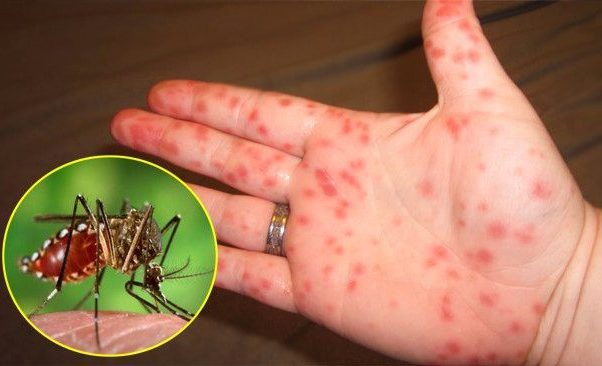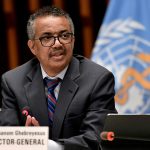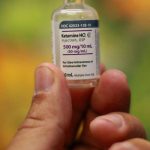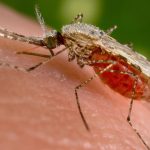WHO Warns of Dengue Fever Surge in Southern United States, Europe, and Africa Due to Climate Change

Dengue fever, a tropical disease transmitted by Aedes aegypti mosquitoes, is poised to become a significant threat in regions where it was previously less common, including the southern United States, southern Europe, and new parts of Africa. The World Health Organization’s chief scientist, Jeremy Farrar, has highlighted this growing concern, driven primarily by the effects of climate change leading to warmer temperatures, which create favorable conditions for the mosquitoes responsible for the disease’s transmission to thrive.
Dengue fever has long been a major health issue in parts of Asia and Latin America, causing an estimated 20,000 deaths annually. However, rates of the disease have surged globally, increasing eight-fold since 2000. This alarming rise can be attributed to various factors, including climate change, increased urbanization, and greater mobility of people.
In 2022 alone, 4.2 million dengue cases were reported worldwide, with public health officials warning of near-record transmission levels expected in subsequent years. Notably, Bangladesh is currently grappling with its worst-ever dengue outbreak, resulting in over 1,000 deaths.
Jeremy Farrar, who has extensive experience in infectious diseases and global health, emphasized the need for proactive measures to address the dengue threat. He highlighted the importance of preparing countries for the additional pressure that will arise in the future, particularly in densely populated urban areas.
Farrar’s concerns extend to the likelihood of dengue becoming endemic in parts of the United States, Europe, and Africa, where sporadic local transmission has already occurred. The impact on healthcare systems in these regions is expected to be substantial, given the intensive clinical care required for severe cases.
Dengue fever presents a unique challenge because most infected individuals do not display symptoms, leading to significantly higher case rates than reported. Those who do show symptoms may experience fever, muscle spasms, and severe joint pain, often referred to as “break-bone fever.” In rare instances (less than 1% of cases), dengue can be fatal.
Currently, there is no specific treatment for dengue, although a vaccine is available. The WHO recently recommended Takeda Pharmaceuticals’ Qdenga vaccine for children aged 6 to 16 in areas where the disease poses a significant public health concern. However, the availability of the vaccine can vary by region, with some regulatory challenges in the United States.
To combat the spread of dengue, preparedness efforts must allocate public health funds effectively. This includes measures to control the Aedes aegypti mosquito population, which differs from malaria-carrying mosquitoes in behavior and habitat. Dengue-transmitting mosquitoes bite indoors throughout the day, breed in shallow water, and require innovative strategies for control.
Farrar stressed the need for multidisciplinary collaboration, bringing together various sectors that may not traditionally work together. This holistic approach involves not only scientific innovation but also urban planning to eliminate sources of standing water, which are breeding grounds for the disease-carrying mosquitoes. Overall, proactive and coordinated efforts are crucial to mitigate the expanding threat of dengue fever in new regions.





